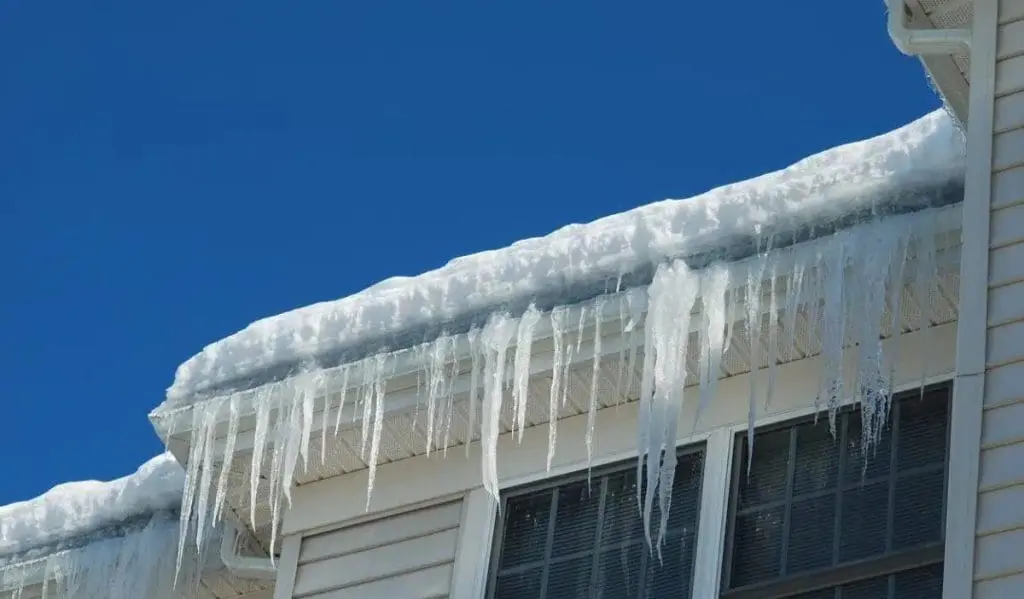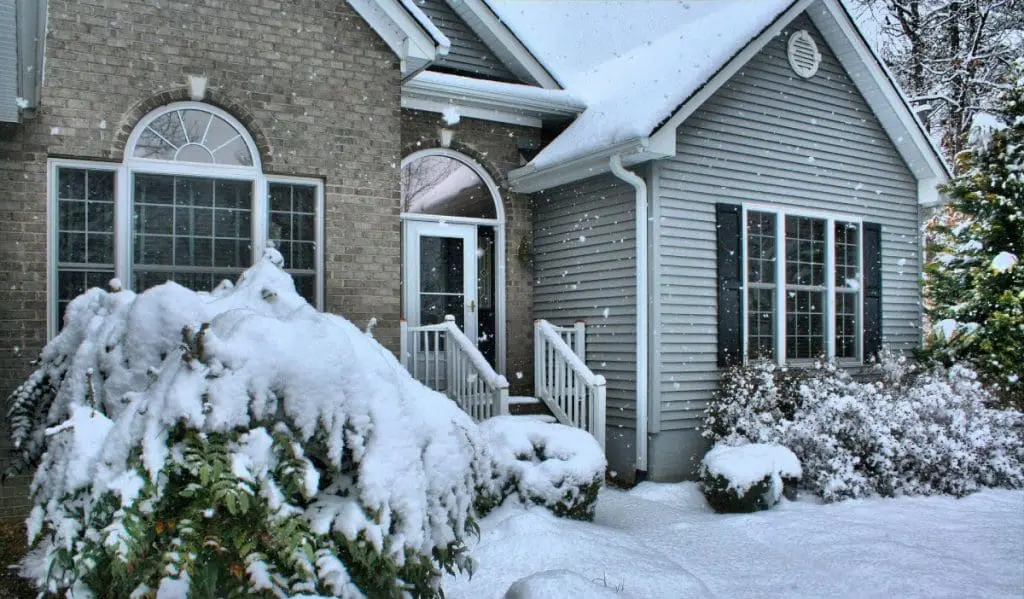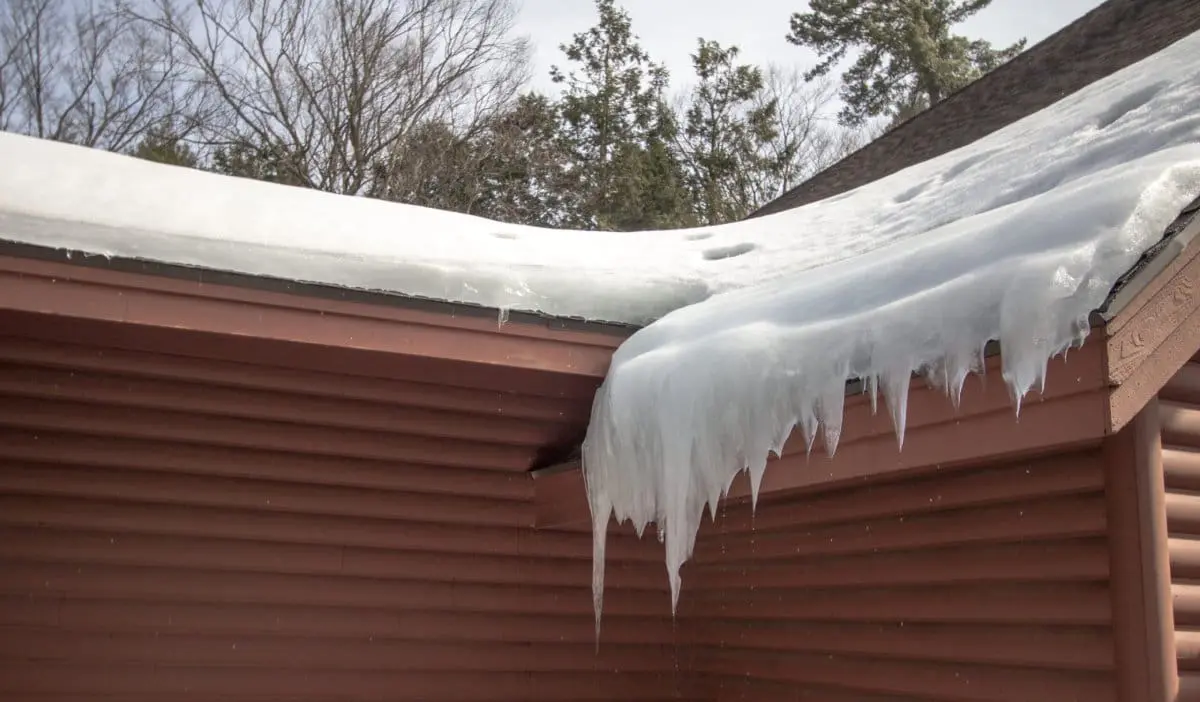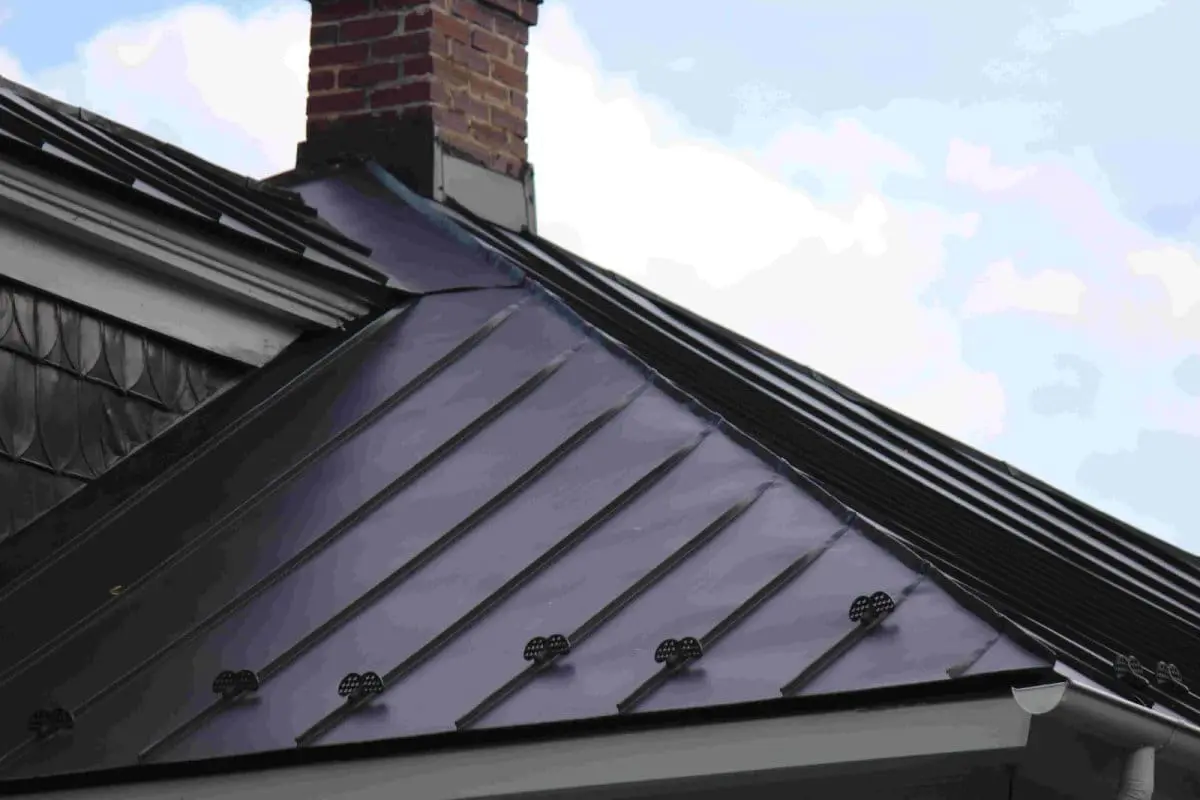High Point Winter Roofing Issues: Prevention and SolutionsProtect Your Home This Winter: Common Roofing Issues and How to Prevent Them

Winter can bring beautiful snowy landscapes, but it can also present a variety of challenges for your roof. From heavy snow to freezing temperatures, winter weather can take a serious toll on your roof’s health. Understanding the most common winter roofing issues is essential for maintaining the integrity of your home and avoiding costly roof replacement. If you live in areas like Guilford County or New Hanover County, where harsh winter weather is common, preparing your roof for the colder months is especially important.
At Xterior LLC, your trusted North Carolina roofing company, we’ve helped countless homeowners address winter roofing issues. Our focus on quality, convenience, and thorough work makes us the go-to choice for roof maintenance and replacement. Let’s dive into the most common winter roofing issues and how you can protect your home this winter.
Importance of Understanding Winter Roofing Issues
Winter weather can be tough on roofs, and failure to address winter roofing issues early can lead to more significant damage in the future. Understanding the risks will allow you to take preventative measures to protect your roof before the cold weather hits. By staying proactive, you can save money and extend the life of your roof.
Why Roofs Are Vulnerable in Winter
Winter roofing issues occur because of the combination of extreme temperatures, snow, ice, and moisture that roofs face during the colder months. When these elements interact with your roofing materials, they can cause damage that may go unnoticed until it’s too late. Understanding these risks allows homeowners to prepare, spot early signs of damage, and get professional help before things get out of hand.
4 Most Common Winter Roofing Issues
1. Ice Dams: A Major Winter Roofing Concern
Ice dams are one of the most common winter roofing issues that homeowners face. When snow accumulates on your roof and starts to melt, the water flows down to the eaves where it freezes. Over time, the ice builds up, creating a dam that prevents water from draining properly. The trapped water can then seep under the shingles, leading to leaks and water damage inside the home.
How to Prevent Ice Dams
- Ensure your attic is well-ventilated to allow cold air to circulate and prevent heat from escaping into the attic, which can melt the snow prematurely.
- Install proper insulation in your attic to keep the roof cold, preventing the snow from melting and refreezing.
- Keep gutters clean so that water can flow freely without being blocked by ice.
- If you already have an ice dam, consult a roofer to safely remove it and assess any damage.
2. Snow and Ice Impact on Roofs
Snow and ice can be heavy, and if your roof is not designed to handle the additional weight, it could suffer significant damage. Excess snow buildup can cause sagging, cracks, or even a roof collapse in extreme cases. Furthermore, ice accumulation around the edges of your roof can prevent proper drainage, leading to water damage over time.
How to Manage Snow and Ice
- Regularly remove excess snow from your roof using a snow rake with a long handle. Start from the edge and work your way up to avoid damaging shingles.
- Avoid using metal shovels or tools that could puncture or scrape the surface of your roof. A gentle approach will help prevent further damage.
- Keep an eye on the weather and remove snow as soon as possible after heavy snowfalls to prevent buildup.
3. Condensation and Poor Attic Ventilation
Inadequate attic ventilation is a hidden issue that becomes more pronounced during the winter months. As warm air rises from the home, it can cause condensation in the attic. This excess moisture can lead to mold growth, rotting wood, and even rust on nails and other metal components.
Preventing Condensation
- Make sure your attic is properly ventilated with intake vents at the eaves and exhaust vents at the ridge to promote airflow.
- Insulate the attic floor to prevent warm air from rising and causing condensation on the underside of the roof.
- Check for any gaps around chimneys or vents that could allow warm air to escape into the attic.
4. Flashing Leaks and Wind Damage
During the winter, strong winds can lift shingles, exposing the underlying roof material. This can lead to leaks, especially around roof valleys, chimneys, and vents where flashing is installed. Flashing is essential to keep these areas watertight, but if the flashing is old or improperly sealed, it can cause leaks that result in water damage.
How to Address Flashing Issues
- Inspect your flashing regularly to make sure it is properly sealed and not cracked or damaged.
- If you notice the flashing is loose or damaged, have it inspected immediately to prevent leaks from getting worse.
- During strong winds or after a storm, check your roof for missing or displaced shingles, which could also expose the flashing underneath.
Signs of Winter Roof Damage

It’s essential to keep an eye on your roof for signs of winter roof damage. If you notice any of the following, it’s time to contact a roofer for a professional roof inspection:
- Leaking: Water spots on your ceiling or walls.
- Shingle damage: Missing or cracked shingles after a storm.
- Sagging roof: If your roof appears to sag or dip, this could indicate structural issues caused by snow and ice buildup.
- Water stains or mold: Moisture buildup in the attic or on ceilings can be a sign of leaks or condensation problems.
- Granules in gutters: Missing granules from shingles can indicate wear and tear caused by the winter weather.
Winter Roof Maintenance and Inspection
Winter roofing issues are often preventable with proper maintenance. Scheduling a professional roof inspection before the winter months can help identify potential problems and give you the opportunity to address them before they become bigger issues. A roofing contractor will inspect your roof for common winter problems, such as loose flashing, poor ventilation, and weakened shingles, and offer recommendations for necessary actions.
During winter, it’s also a good idea to:
- Clean your gutters regularly to ensure proper water drainage.
- Trim any overhanging trees that could pose a risk during winter storms.
- Keep your attic ventilated and insulated to prevent condensation and heat loss.
Professional Help: When to Call a Roofer
While it’s possible to spot early signs of winter roofing issues yourself, a professional roofer is the best person to assess your roof and take the necessary steps to prevent damage. If you notice any of the following, it’s time to call a roofing company:
- Leaks inside your home
- Ice dams or frozen gutters
- Visible damage to shingles or flashing
- Sagging areas of your roof
- Problems with your attic ventilation or insulation
Why You Should Hire a Roofing Contractor
Professional roofers have the tools and experience needed to handle winter roofing issues safely and effectively. They can perform a thorough roof inspection, offer advice on winter roof maintenance, and fix any existing problems before they worsen.
Winter Preparation for Your Roof
Preparing your roof for winter is essential to avoid costly damages later. Here’s how you can ensure your roof is winter-ready:
- Clean your gutters to prevent ice dams.
- Inspect shingles and flashing for signs of damage or wear.
- Improve attic ventilation to prevent condensation.
- Remove excess snow after heavy snowfalls.
- Check for any loose or missing shingles and replace them before the season begins.
Conclusion: Benefits of Hiring a Roofing Company in High Point NC for Winter Issues
Winter roofing issues are inevitable, but with the right preparation and maintenance, you can minimize the damage and avoid costly damages or full roof replacement in High Point North Carolina. Whether you need a roof inspection, snow removal, or a complete roof replacement, working with an experienced roofing contractor like Xterior LLC can save you time, money, and stress. Our team is ready to help you protect your home from the harsh winter weather.
Choosing the Right Roofing Contractor in High Point for Winter Damage
If you’re experiencing any winter roofing issues or want to prepare your roof for the season ahead, contact Xterior LLC today. Our roofing professionals are here to provide expert advice, inspections, and full roof replacement. We are committed to keeping your home safe and secure through every season.
For more information, feel free to reach our Facebook page or contact us at 336-265-2875 to get your free estimate for roof inspections and replacements. Don’t let winter roofing issues catch you off guard—prepare today and protect your home for the future!
Frequently Asked Questions
What are the most common winter roofing problems?
Winter roofing issues often include ice dams, snow and ice damage, poor attic ventilation, and flashing leaks caused by wind. These problems can lead to significant damage if not addressed promptly.
How do ice dams affect my roof during winter?
Ice dams form when snow melts on your roof and refreezes at the eaves, blocking proper water drainage. This can lead to leaks inside your home and damage to the roof structure if not addressed immediately.
What is the impact of snow and ice on my roof?
Heavy snow and ice can cause significant weight on your roof, leading to potential sagging, leaks, or even collapse in extreme cases. Regular snow removal and proper insulation are essential to prevent this damage.
Why is attic ventilation important in winter?
Good attic ventilation helps prevent condensation, which can lead to mold growth, moisture buildup, and roof deck rot. It also ensures that your home’s temperature is regulated to prevent ice dams.
When should I schedule a roof inspection for winter damage?
It’s essential to schedule a professional roof inspection before the winter season starts, especially if your roof is older or has been exposed to extreme weather conditions. Early inspections can help identify issues like missing shingles or faulty flashing that could worsen during the winter months.
How can I prevent winter roofing damage?
Regular roof inspections, proper attic ventilation, snow removal, and addressing any existing roof damage before winter are the best ways to prevent winter roofing issues. Consider hiring a professional roofer to ensure your roof is winter-ready.
Disclaimer:
The content in this blog is for informational purposes only and is intended to assist homeowners in understanding roofing, siding, windows, gutters, shutters, and general home improvements. Xterior LLC advises against attempting any of the tasks described here, as they require professional expertise. We do not assume liability for any injuries, damages, or losses resulting from DIY attempts. Always refer to the manufacturer of products for specific maintenance instructions.
By viewing this blog, you acknowledge and release Xterior LLC from any and all liability related to the use or misuse of the information provided.
Please note that Xterior LLC may not offer all the services discussed. Repairs, estimates, and inspections are priced based on availability, location, and time. All services, offerings, and prices are subject to change without notice.
For more information or to request services, please contact Xterior LLC directly.




